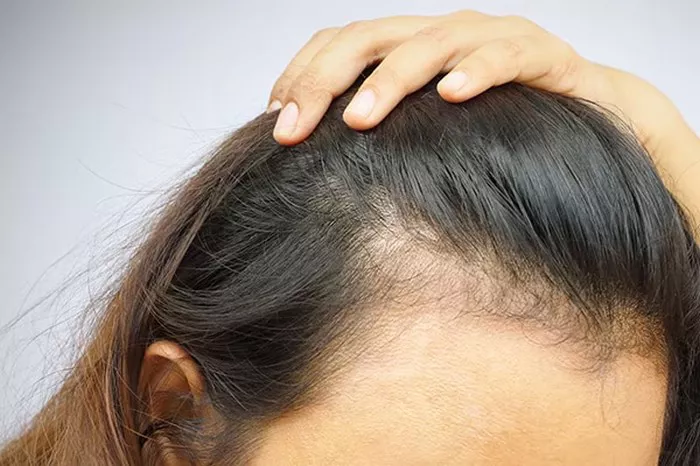On November 3, the National Research Foundation of Korea announced a significant breakthrough in hair loss treatment. A joint research team, led by Prof. Jeon Jong-min from Gachon University and including Profs. Kwon Sang-jik and Cho Eui-sik from Chungbuk National University, alongside the quantum dot (QD) film developer InnoQD, has created a medical wearable patch. This patch uses quantum dot-organic light-emitting diode (QD-OLED) technology to convert light wavelengths in real time.
Supported by the Ministry of Science and ICT and the National Research Foundation, this innovative research was published in the “Chemical Engineering Journal” on September 25. The QD-OLED patch offers a new approach to treating hair loss by simply attaching it to the scalp, removing the need for traditional medications. This development could greatly benefit the approximately 10 million individuals in Korea suffering from hair loss.
The research team sought to enhance the convenience of hair loss treatment by applying QD-OLED technology, which is typically used in display screens, to create an electronic patch suitable for the scalp or other affected areas. Quantum dots are tiny semiconductor crystals that emit light in various colors, depending on their size. When used in a luminescent device, QD-OLEDs can achieve higher brightness than conventional LEDs.
To address limitations in existing technologies, the researchers developed a stacked blue OLED and a multifunctional encapsulation film. Tests showed that using the QD-OLED patch on areas affected by hair loss resulted in a 23% increase in hair follicle cells, indicating its potential effectiveness as a treatment.
Prof. Jeon shared his optimism about the technology’s future applications, stating, “We have achieved high-output, high-reliability QD-OLED patch technology suitable for commercialization. It could be used not only in wearable displays but also in electronic medicine, sensors, and photomedicine.”
The team envisions further developments that could enable the patches to be attached to bands, hats, clothes, or sleeves, making commercialization for hair loss treatment more feasible. They also confirmed the potential to apply their research findings to various healthcare technologies, including real-time heart rate monitoring.
Hair loss is a widespread issue affecting millions globally, including many in Korea. Traditional treatments, such as the medications finasteride and minoxidil, often require long-term use and can have side effects. The introduction of a non-invasive option like the QD-OLED patch could transform how hair loss is treated.
The core of this innovation lies in quantum dots, known for their ability to emit light of different colors based on their size, providing greater brightness and color accuracy compared to traditional LEDs. When integrated with OLED technology, which is celebrated for its high-quality display applications, the result is a hybrid QD-OLED device with superior luminescence performance.
Related topics:
- Angel Reese Teases New Hair Color After Blonde Transformation
- Meji Meji’s Latest Top Celebrates the Connection Between Hair and Culture
- Netflix Partners with NIDA to Fund Hair and Beauty Course for First Nations People


